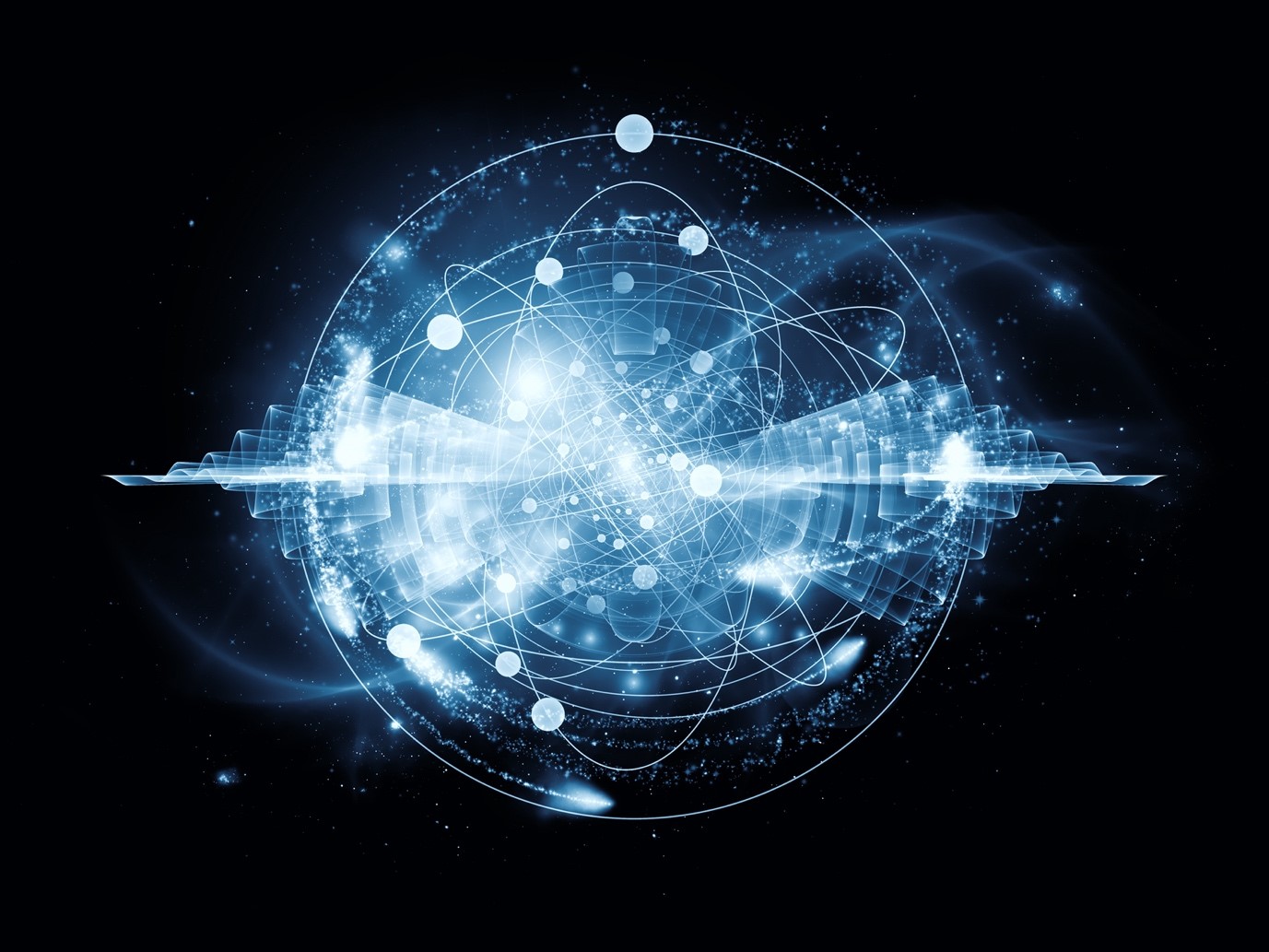

We show that the corresponding KG-equation collapses into a two-dimensional radial Schrödinger-Coulomb like model. But the most widely accepted interpretation is that the solution has something to do with probabilities of detecting that object, the “quantum particle”. Klein-Gordon (KG) particles in cosmic string rainbow gravity spacetime and a uniform magnetic field are studied in the context of the so called, metaphorically speaking, position-dependent mass (PDM) settings. Most elementarily, Schrödinger managed to formulate the equation to explain the behavior of such objects, but interpretations for the objects that the equation governs were (and still are) controversial. 9.8 Violation of Quantum Numbers determining spins spin is fundamental property of particles, and it is an intrinsic angular momentum. We can’t even be sure if the objects we are studying are fundamentally dot-like, because they also happen to behave like waves. We could assume that what we observe is in the form of particle (like those tiny dots on the screen in the slit experiment), but the particles do not follow at all the classical laws - in particular, we happen to not be able to measure the location of the particles without changing their state of motion. In quantum mechanics, the story is fundamentally different. In classical mechanics, every point in the background $n$-manifold indicates the spatial coordinate of a particle and the physical laws yield equations that precisely describe the behavior of “regular particles”. The phenomenon is interesting and important because it violates the principles of classical mechanics. In detail, we firstly model the reality as $n$-dimensional space with a handful of additional structures (such as metric, algebraic operations, measure, tangent space, etc) and translate the physical laws in the language of mathematics to apply them to our mathematical model. Quantum tunneling is a phenomenon in which particles penetrate a potential energy barrier with a height greater than the total energy of the particles. On top of the laws, we could add more physical laws such as Lagrange-d’Alembert principle, and Hamilton’s principle. Such objects’ behavior can be well explained by applying classical physical laws, Newton’s laws of motion. Physicists at Brookhaven National Laboratory (BNL) have discovered a completely new type of quantum entanglement, the spooky phenomenon that binds particles across any. If an object is appeared to be occupying the space in a certain volume form rather than a tiny dot, then we can simply see the object as a set of dots, either that’s discrete (e.g., gas consists of individual particles) or continuous (e.g., rigid body or fluid) - either way, it could be thought of as a particle, fundamentally. To further explain, I’d interpret the word “regular particle” as an object whose location in space is assumed to be able to be measured with infinite precision and accuracy without changing its state of motion. What differs from a regular particle to quantum one is the uncertainty of knowing its location, in a theory that describes the behavior of the particle.


 0 kommentar(er)
0 kommentar(er)
